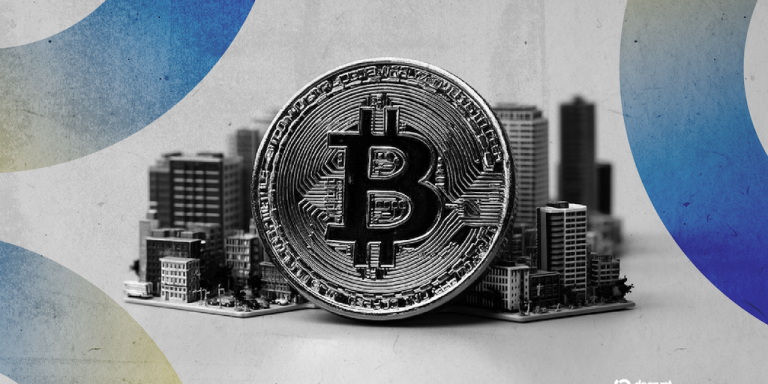
Navigating the Future: Emerging Trends in Fintech Technology
Fintech, or financial technology, is an industry that has experienced rapid growth and innovation in recent years. Fintech is transforming the way we manage our finances, from mobile payments and digital wallets to blockchain and artificial intelligence. As we look to the future, it’s essential to stay ahead of the curve and understand the emerging trends in fintech technology.
Section 1: Introduction to Fintech

Fintech is a broad term that encompasses a range of financial services and technologies. It includes everything from mobile payments and digital wallets to investment platforms and cryptocurrency exchanges. The fintech industry has experienced significant growth in recent years, with investments in fintech companies reaching $44.8 billion in 2020, up from just $12.6 billion in 2015.
Section 2: Emerging Trends in Fintech

So, what are the emerging trends in fintech technology? Here are some of the key developments to watch:
- Blockchain and Distributed Ledger Technology: Blockchain is a decentralized, digital ledger that allows for secure, transparent, and efficient transactions. It has the potential to transform a range of financial services, from payments and settlements to securities trading and custody.
- Artificial Intelligence and Machine Learning: AI and machine learning are being used to improve customer service, detect fraud, and optimize investment portfolios. They’re also being used to develop more personalized and tailored financial products and services.
- Mobile Payments and Digital Wallets: Mobile payments and digital wallets are becoming increasingly popular, with many consumers using their smartphones to make payments and transfer money. This trend is expected to continue, with mobile payments projected to reach $14.2 trillion by 2023.
- Robo-Advisors and Digital Investment Platforms: Robo-advisors and digital investment platforms are changing the way we invest, offering low-cost, automated investment services to a wider range of consumers.
Section 3: The Future of Fintech

So, what does the future hold for fintech? Here are some predictions and trends to watch:
The rise of central bank digital currencies (CBDCs) is expected to continue, with many countries exploring the development of their own digital currencies. CBDCs have the potential to transform the way we think about money and financial transactions, offering greater efficiency, security, and accessibility.
The growth of embedded finance is also expected to continue, with more companies embedding financial services into their products and platforms. This trend has the potential to transform the way we access and use financial services, making them more seamless and integrated into our daily lives.
Section 4: Challenges and Opportunities in Fintech

While the fintech industry offers many opportunities, it also poses significant challenges. Here are some of the key challenges and opportunities to consider:
Regulatory challenges are a significant issue in fintech, with many companies struggling to navigate complex and changing regulatory environments. This can make it difficult to launch new products and services, and can also increase the risk of non-compliance and reputational damage.
Cybersecurity risks are also a major concern in fintech, with many companies vulnerable to hacking and other forms of cyber attack. This can put sensitive customer data at risk, and can also disrupt business operations and reputation.
Despite these challenges, the fintech industry offers many opportunities for innovation and growth. By understanding the emerging trends and technologies in fintech, companies can develop new products and services that meet the changing needs of consumers and businesses.






